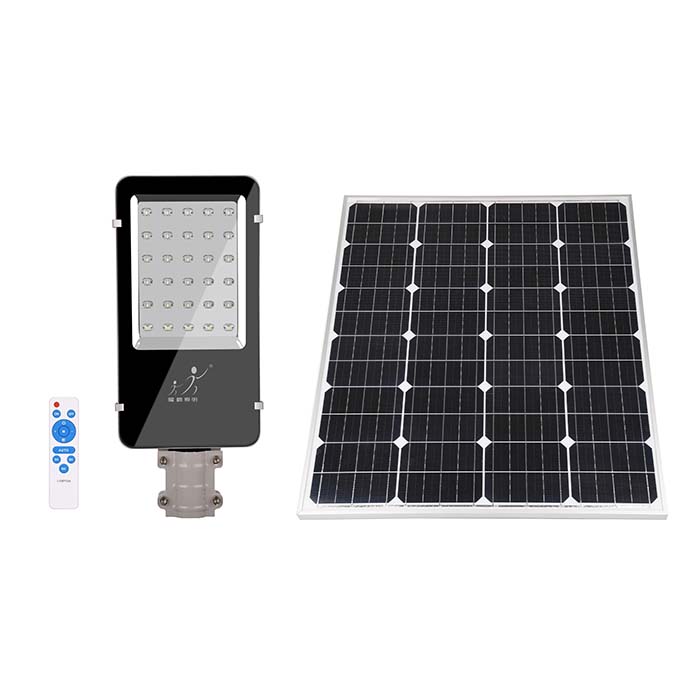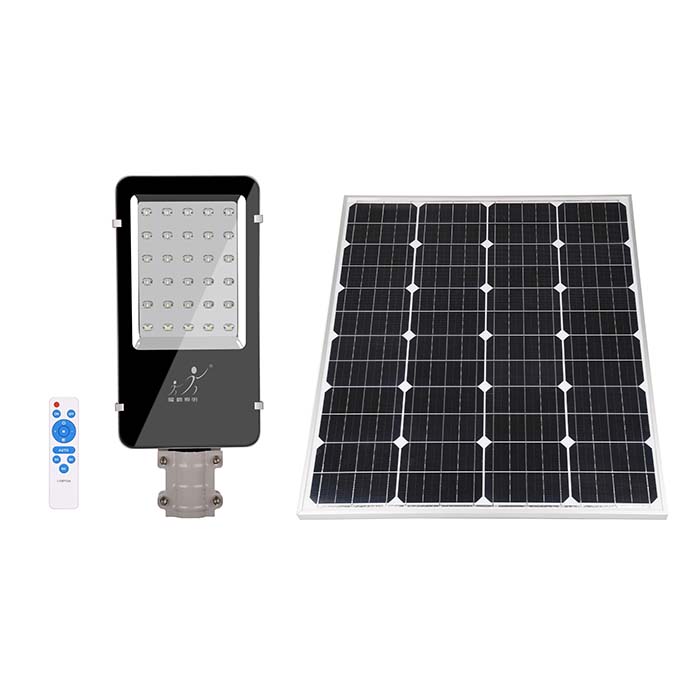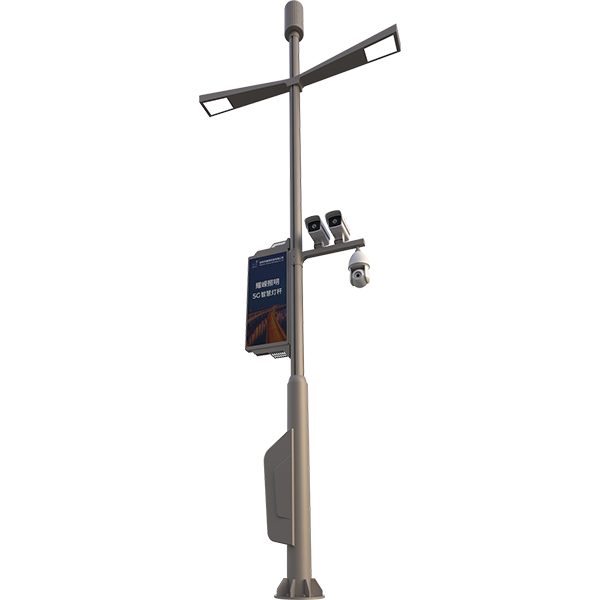What are the advantages of LED street lights compared to traditional lights?

LED street lights are sustainable and cost-effective because of other advantages such as longer life and lower energy consumption than traditional lamps such as incandescent, halogen or fluorescent lamps. The advantages of LED street lights are analyzed in detail below.
high energy efficiency
LED street lights emit very little heat, so they require far less power to emit the same amount of light than their traditional counterparts. In comparison, 90% of the energy of an incandescent light bulb is released as heat, and about 80% of the energy of a fluorescent lamp is released as heat. LED lights are 40% to 60% more energy efficient than traditional lighting technologies.
Long service life
Another benefit of LED street lights is longer life: LED street lights last longer than traditional lights. Ideally, the service life of LED street lamps can reach 50,000 hours, so the service life of LED street lamps is three to five times that of fluorescent lamps and 30 times that of incandescent lamps, which is more advantageous than traditional lamps and can also reduce costs.
High color rendering
The high color rendering of LED street lights is close to natural light, and the colors are more realistic. This helps drivers and pedestrians better identify objects at night, improving traffic safety and road conditions.
Energy conservation
LED street lights can help cities become more sustainable by reducing their carbon footprint by reducing energy consumption. Additionally, LED street lights can be integrated with smart technologies to reduce costs, save energy, and make public lighting infrastructure more versatile, flexible, and efficient. At the same time, LED street lights produce less emissions than traditional similar products. According to data, replacing outdoor lighting with LED lighting can reduce carbon emissions equivalent to 8.5 million cars a year.
No start-up delay
Incandescent lamps take about 0.1 to 0.2 seconds to light up. Gas discharge lamps such as high pressure sodium lamps and metal halide lamps require tens of seconds to 10 minutes to achieve stable light output. After shutting down, they take 3-6 minutes to cool down before restarting. In contrast, LED lights only need tens of nanoseconds to start, no need to wait for restart time, and can work normally in continuous on/off state.






